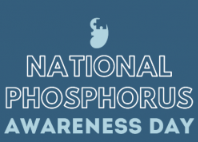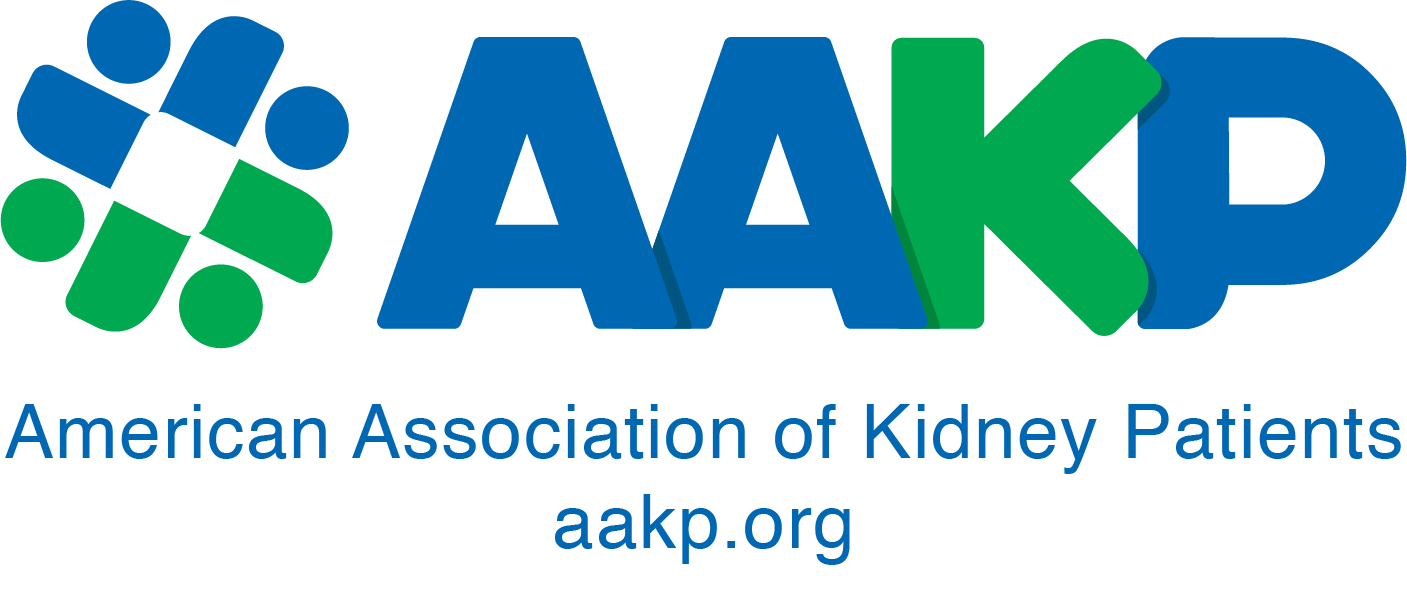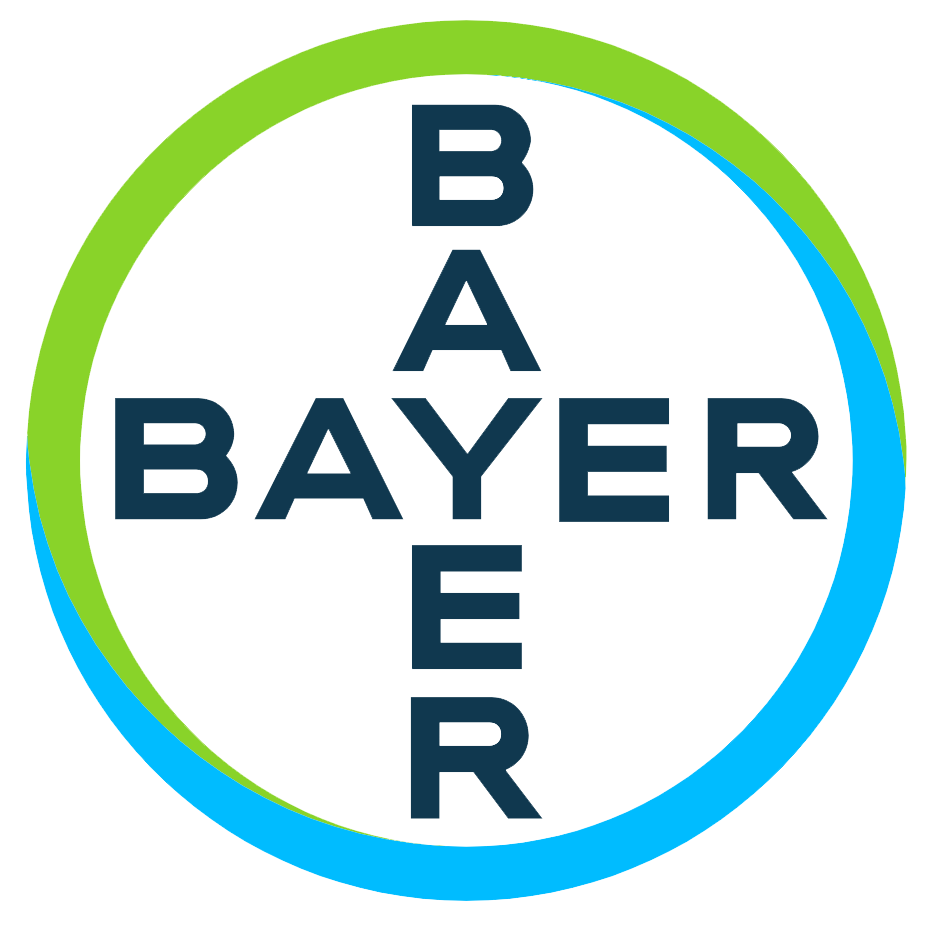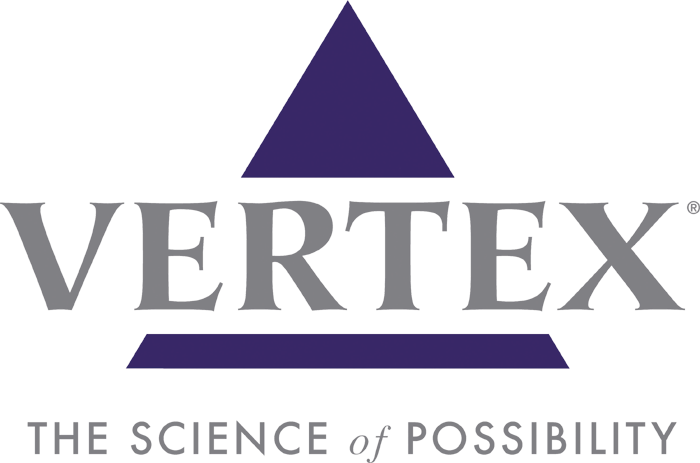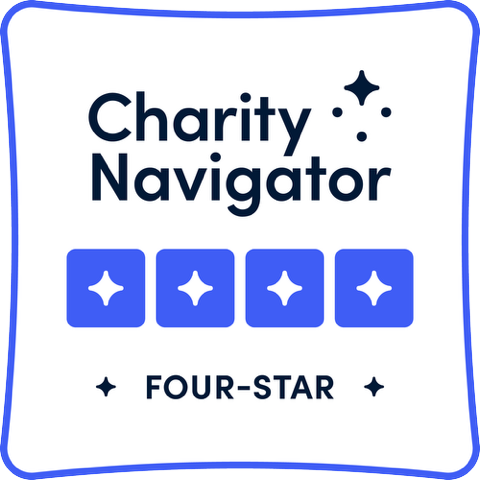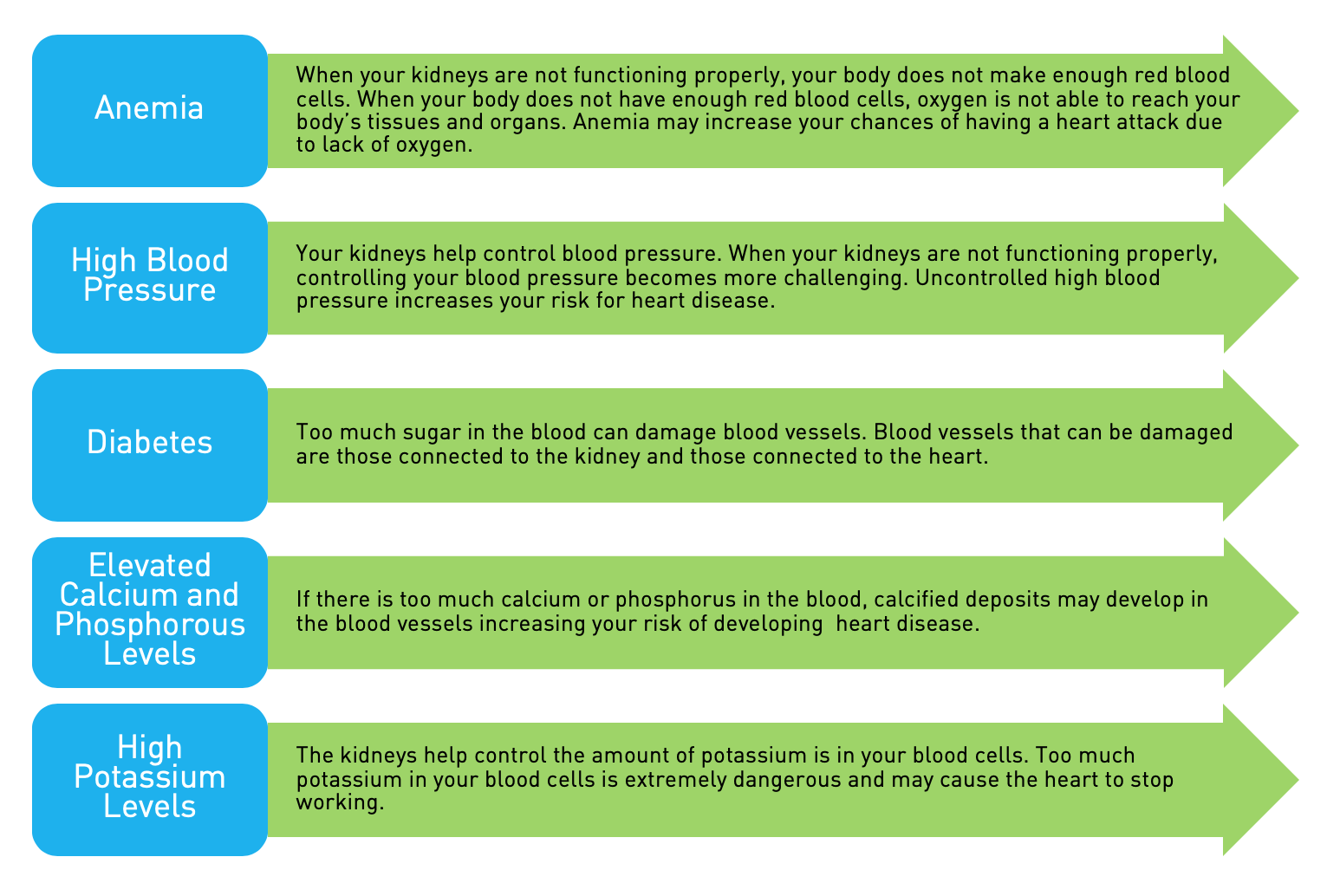National Phosphorus Awareness Day – April 5
Dawn shares this statement in support of National Phosphorus Awareness Day:
“After navigating the challenges of kidney disease for 35 years, I only recently learned that elevated phosphorous not only causes brittle bones, which can lead to fractures, but also cardiac episodes.
So many foods and beverages in packages, cans, and boxes, as well as our medications, contain phosphorous, making consumption difficult to avoid. The only way to battle the ‘Hidden P’ is to understand the role of phosphorus in your body and the importance of managing phosphorus intake as a kidney patient such as learning about all treatment management options, including phosphate binders and new innovations like phosphate absorption inhibitors.
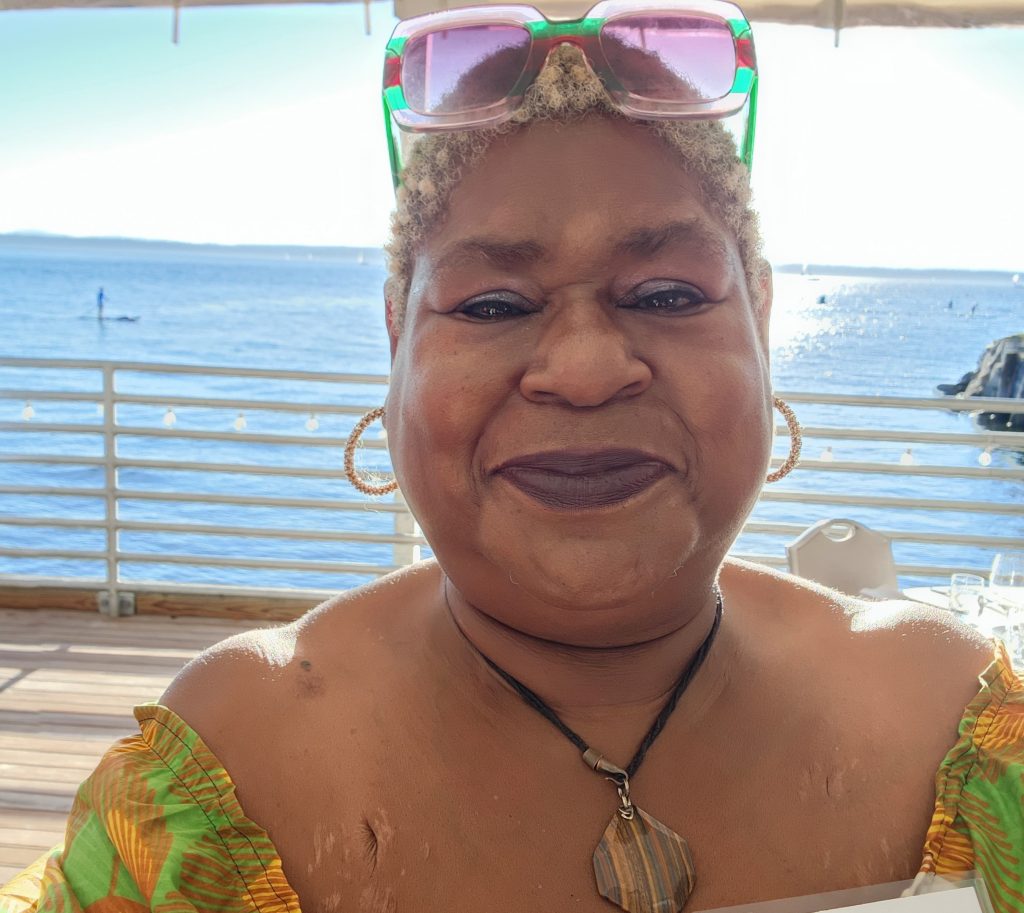
Most importantly, don't miss or shorten dialysis treatments. If you must miss or adjust a session, be open with your healthcare team and schedule a make-up treatment. Longer, slower dialysis like nocturnal treatments, more frequent dialysis like home dialysis therapies, and of course, kidney transplants do a great job of helping to reduce phosphates in the blood. But if these options are not for you, be sure to understand your risk for high phosphorus (hyperphosphatemia). Your heart and bones will thank you!
As a current dialysis patient, I am managing phosphorus every day. It is not easy because phosphorus is in everything we eat. I manage my phosphorus primarily by doing more frequent dialysis via nocturnal home hemodialysis. However, phosphorus management can still be challenging. I make sure to read food labels to look for hidden phosphorus in the ingredients, I try to stay away from packaged, processed, and fast foods, and I aim to prepare most of my meals at home using fresh food and being careful to read those labels! I also take my medication to manage my phosphorus. I certainly do my best to do what I can.”
Dawn’s Kidney Disease Journey
Dawn’s journey with kidney disease began at age 21 when she was diagnosed with proteinuria during her pregnancy, a condition marked by the presence of protein in the urine, often a sign of kidney damage. Despite frequent hospital visits due to dehydration, Dawn was able to deliver a healthy baby girl.
Life after her daughter’s birth appeared promising. Dawn worked at the Post Office, got engaged, and married. However, her health continued to present issues, and she was diagnosed with high blood pressure. Just a year later, at age 22, Dawn thought she was pregnant again. She was having many signs of pregnancy, including throwing up and back aches. When she went to the doctor for a check-up, she learned that she was not pregnant, and instead, she was shocked to be referred to a nephrologist, which is a kidney specialist.
At the nephrologist’s office, she learned that her kidneys were failing, and she would need a vascular access put in her arm and to prepare for hemodialysis. At this time, her doctor did not discuss alternative treatments like home dialysis or kidney transplantation, and Dawn knew little about kidney disease or even what to ask. After a kidney biopsy, she learned that her kidney failure stemmed from glomerulonephritis; much later she learned that it was more specifically post-streptococcal glomerulonephritis that most likely started from scarlet fever when she was a child.
Dawn began in-center hemodialysis, all while still trying to work and raise her young daughter. Her nephrologist told her that all she had to do was “show up” at the center and everything would be taken care of. However, she found the dialysis center to be a miserable experience.
Life became a struggle. Dawn was going through a divorce, and she missed time at home with her daughter because of her treatments. She remembers hearing about peritoneal dialysis (PD), a form of dialysis done at home, from other patients at the clinic, but it seemed like their comments were always negative. Some of the comments were—: “you’re not going to like it,” “everybody dies who is on PD,” “you can’t wear fitted clothing,” and “you’re not going to want to do treatments seven days a week,” etc. But after three years of going to in-center hemodialysis, she was so disgusted with it that she decided to stop going to treatments.
“I didn’t want to die, but I didn’t want to live like that anymore,” Dawn recalls. She told her family that she was not going to dialysis anymore and arranged for her sister to raise her daughter.
After more than a week of missing treatments, Dawn became very sick. She received a call from a young nephrologist who treated her at her dialysis center. He encouraged her to try PD and told Dawn he would make a deal with her that if she came back to in-center dialysis for a few treatments, he would arrange for her to start PD. He told Dawn that if she liked PD, great, but if not, she could go ahead and make whatever treatment decision she wished. And so, Dawn decided to try PD. The patients at her center were very negative about her decision and warned her that “she’d be back,” but Dawn knew she was never coming back.
As it turned out, Dawn did well with PD. “It was just the best solution for me. I got to be home with my daughter. I got my wings back and could live again,” she said. She was doing so well that she even took a girl’s trip to New Orleans for Mardi Gras and was able to enjoy herself.
Finally, after 10 years of PD and many years on the transplant list, she received a kidney transplant from a deceased donor in 2003, which lasted six years. While she experienced some rejection episodes, she was able to “reinvent herself” during this time and started a new job as an ESRD Network Community Outreach Coordinator.
After the transplant failed, Dawn was back to in-center hemodialysis, which she hated just as much as before. During this time, she was also dealing with multiple other health issues including colon polyps that led to the removal of her colon and a serious bacterial infection called MRSA. Yet, she pressed on, and with a lot of medical care, her health eventually improved.
Dawn began researching home hemodialysis programs and says home hemodialysis was new and “a niche thing to do.” She researched using the website Home Dialysis Central and made a lot of calls, but many programs would not take her because she was using a catheter for her dialysis access. As she worked her way down the list of programs, she eventually spoke to a nurse who listened and gave her a chance to interview for the program. During the interview, the nurse said Dawn would be accepted, but needed two things: a care partner and a goal. Dawn had her mother, who was retired, lined up to be her care partner, but wasn’t sure she had a goal. After a lot of thought about her kidney journey, she realized her goal was to help fellow patients, especially patients just starting dialysis. “I want to do something so no one has to start on dialysis like I did.” The nurse put this goal in Dawn’s care plan and it became a guiding force in her life.
Dawn successfully transitioned to home hemodialysis and, after a few years, was offered a job with NxStage Medical, a home hemodialysis company, a role she’s now held for 13 years. In addition, she works as a Wellness Ambassador for the Rogosin Institute, where she encourages patients to live their best life no matter their treatment choice. Additionally, Dawn is an AAKP Ambassador as well as a kidney volunteer for many other organizations. “I get to help patients all over the place.”
Learn more about National Phosphorus Awareness Day at: thehiddenpinkidneydisease.org
